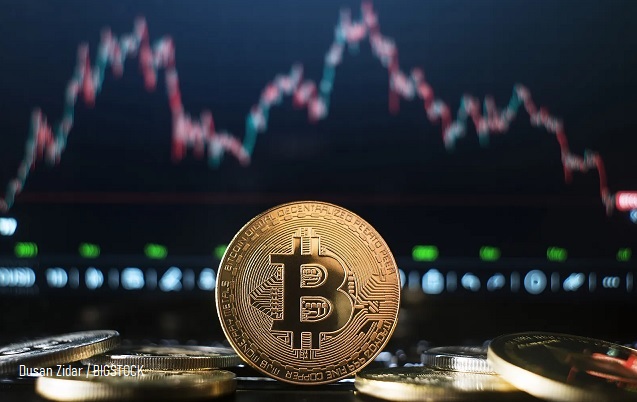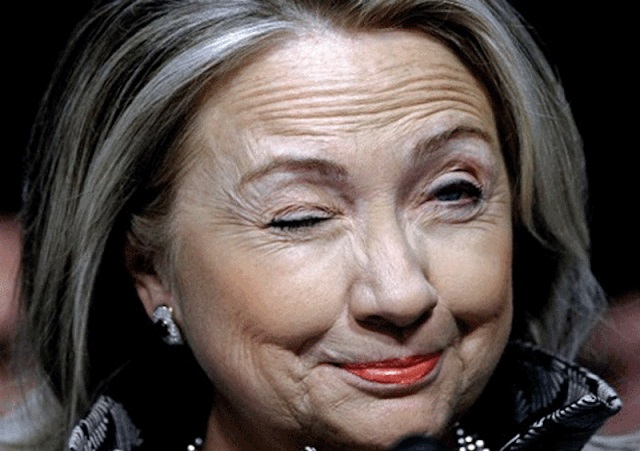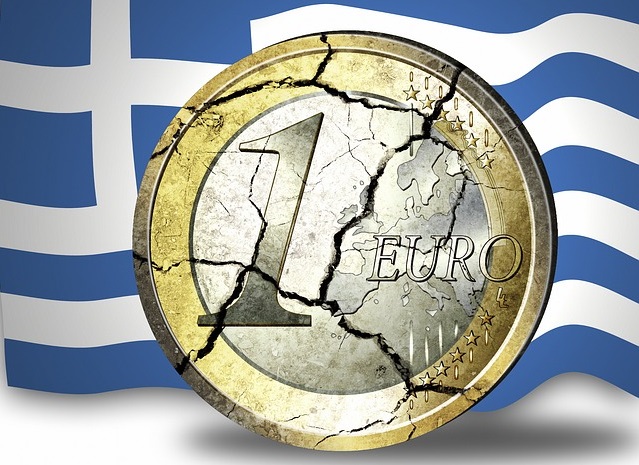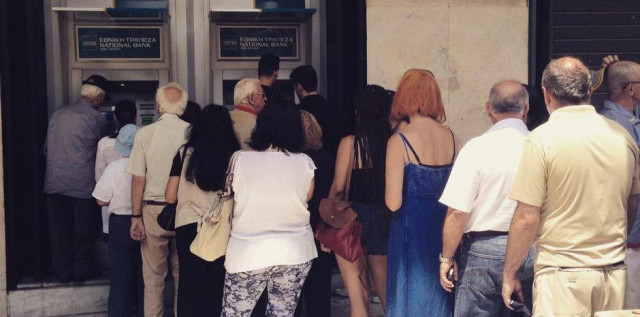Biden Admin Sent ‘Hate Group’ List of Conservative Orgs to Banks after J6

Last week, it came to light that the Biden administration provided a listing of “hate groups,” which lumped together mainstream conservative organizations alongside avowed neo-Nazi and white supremacist groups, to major U.S. banks for the purpose of monitoring financial transactions in the wake of the January 6, 2021 riot at the Capitol. Experts say the pattern could lead to an increase in banks cancelling the accounts of politically disfavored organizations.
The listing was taken from a report compiled by the Institute for Strategic Dialogue (ISD) and the Global Disinformation Index (GDI), two U.K.-based left-wing activist groups. The report includes a listing of “American Hate Groups,” which is itself based on the classifications of the anti-Christian Southern Poverty Law Center (SPLC) and the Anti-Defamation League (ADL). The listing classifies conservative organizations such as Family Research Council, Alliance Defending Freedom, American Family Association, Eagle Forum, Liberty Counsel, and others alongside avowed Neo-Nazi and other white supremacist groups such as the Knights of the Ku Klux Klan.
According to an investigation by the House Judiciary Subcommittee on the Weaponization of the Federal Government, the Treasury Department’s Financial Crimes Enforcement Network (FinCEN) sent the report to “some of the largest financial institutions in the world, including the very financial institutions that are likely responsible for providing financial services to many of the listed ‘hate groups.’”
In January, reports surfaced that FinCEN had urged banks to “comb through the private transactions of their customers” to look for “suspicious charges” of legal activities involving political and religious expression without warrants, including the purchase of religious texts and legal firearms. Experts warn that these actions are part of a pattern of increasing collusion between the federal government and corporate America to commit warrantless surveillance of American citizens.
But experts also fear that the Biden administration’s actions could lead to an increase in outright cancellations of the bank accounts of conservative organizations by major financial institutions, which has already occurred on numerous occasions. As Jeremy Tedesco, a senior counsel at Alliance Defending Freedom, testified before the Weaponization subcommittee last week, “viewpoint-based de-banking is on the rise.”
As reported by National Review, some banks are citing “reputation risk” in order to justify discrimination “against gun manufacturers, distributors, and sellers; fossil-fuel producers; contractors for the Immigration and Customs Enforcement Agency; and private prisons and related services.”
In recent years, two Christian nonprofit organizations were targeted by Bank of America (BoA). Indigenous Advance Ministries, which helps impoverished widows and orphans in Uganda, had its long-standing account closed in 2023, with BoA claiming that they no longer serve Indigenous Advance’s “business type” and that the ministry exceeded the “bank’s risk tolerance.” Three years prior, Timothy Two Project International, a ministry that trains indigenous pastors across the globe, received “a nearly identical letter” from BoA and “was repeatedly stonewalled in attempts to gain clarity about the cancellation and how to resolve it.”
Similarly, in 2022 JPMorgan Chase, without explanation, cancelled the account of the National Committee for Religious Freedom (NCRF), a nonprofit that advocates for religious freedom in the U.S. which is headed by former U.S. Ambassador-at-Large for International Religious Freedom Sam Brownback. In order for their account to be reinstated, JPMorgan demanded that NCRF turn over a list of high-level donors, “a list of candidates it intended to support, and its criteria for political support.”
Experts say that the Biden Treasury Department’s actions could lead to more conservative organizations being de-banked.
“That’s what they want,” Chris Gacek, senior fellow for Regulatory Affairs at Family Research Council, told The Washington Stand. “It’s really troubling. The Republican attorneys general need to come together on this. They need to really start digging into this de-banking pattern and getting subpoenas out. One of the industries where there’s a lot of state regulation is banking. State AGs would have the ability to get subpoenas and start looking at the records and start seeing what the Feds were forcing them to do. It’s very, very serious.”
AUTHOR
Dan Hart
Dan Hart is senior editor at The Washington Stand.
RELATED ARTICLE: J6 Committee Reportedly Covered Up Key Testimony, Resulted in Trump Being Struck from Ballot
POST ON X:
Former Trump official Kash Patel confirms The Federalist’s report that the J6 Committee HID evidence of Trump’s push for 10k National Guard: “I was in the Oval Office…This is the exculpatory evidence that Liz Cheney & Co. have BURIED for 2 years to achieve a political game.” pic.twitter.com/buoRxY5vHv
— Glenn Beck (@glennbeck) March 11, 2024
EDITORS NOTE: This Washington Stand column is republished with permission. All rights reserved. ©2024 Family Research Council.
The Washington Stand is Family Research Council’s outlet for news and commentary from a biblical worldview. The Washington Stand is based in Washington, D.C. and is published by FRC, whose mission is to advance faith, family, and freedom in public policy and the culture from a biblical worldview. We invite you to stand with us by partnering with FRC.



 Bitcoin and other cryptocurrencies are notorious for their volatility. Their value fluctuates from time to time. There is always an air of uncertainty surrounding their value and future. But what exactly makes
Bitcoin and other cryptocurrencies are notorious for their volatility. Their value fluctuates from time to time. There is always an air of uncertainty surrounding their value and future. But what exactly makes 












 As a result, Athens has really and truly run out of money, and they will default on their debts starting tomorrow — and the European Central Bank has said
As a result, Athens has really and truly run out of money, and they will default on their debts starting tomorrow — and the European Central Bank has said 



